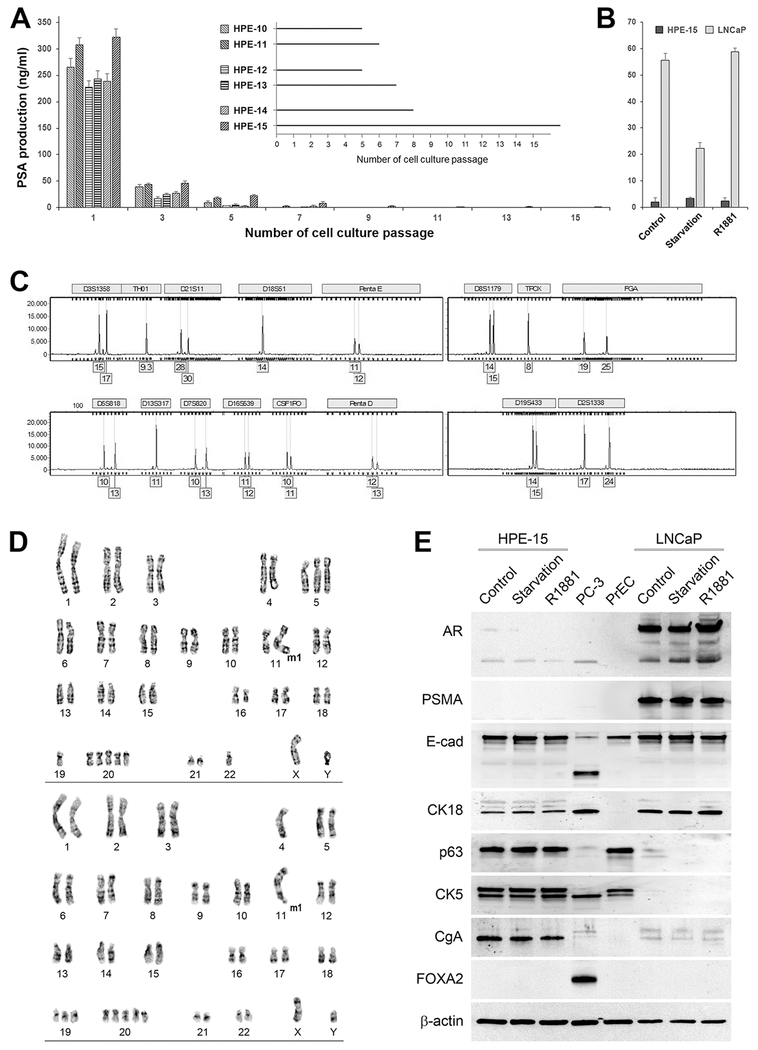Figure 2. Characteristics of the HPE-15 cell line.
General features of HPE-15 are: A, loss of PSA production in ex vivo culture. ELISA was used to detect PSA levels in cell culture medium. Quadruplet assays were conducted for each sample. Fresh medium was used to culture each prostate tissue for 48 hours, followed by ELISA for PSA detection. Inset: passages from each surviving epithelial culture are shown. B, non-responsiveness to androgen treatment. Cells were first treated in androgen starvation medium for 48 hours, then replenished with regular medium (Control), kept in androgen-deprivation medium (Starvation), or stimulated with 5 nM R1881 in androgen-deprivation medium (R1881). After another 24 hours, culture medium from each treatment was subjected to PSA detection. C, unique STR genotype profile. An electropherogram of HPE-15 STR analysis is shown. The STR genotype was determined to be identical to pair-matched HPS-15 stromal cells (not shown), but different from any known established cell lines of human origin. Some genotype data are not shown to protect the identity of the donor. D, aneuploidy of HPE-15 cells. HPE-15 cells at passage 64 were used for analysis. Representative results from two metaphase spreads are shown. E, unique marker protein expression. HPE-15 cells at passage 34 under regular culture (Control), androgen starvation (Starvation), and androgen stimulation (R1881, 5 nM) for 24 hours were subjected to western blotting analyses. PC-3 cells were used as a positive control for FOXA2 expression. PrEC cells at passage 5 were used as a “normal” prostate epithelial cell control.

